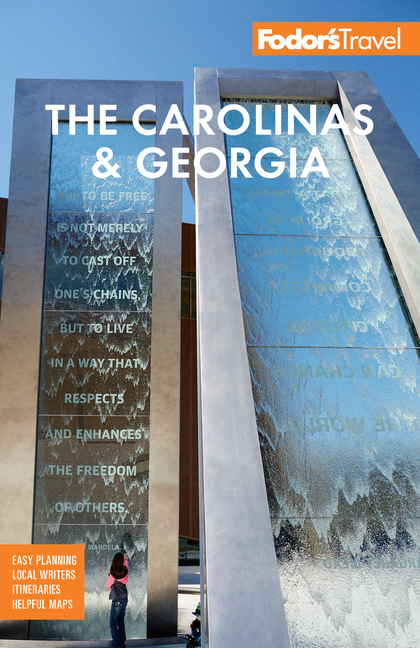Car Travel
Getting around the Outer Banks is a snap because there's only one road—North Carolina Highway 12. Sometimes, though, traffic can make that one road a route of pure frustration, especially on a rainy midsummer day when everyone is looking for something to do besides sunbathing. Low-lying areas of the highway are also prone to flooding.
Highways into the other areas along the coast—U.S. Route 158 into Kitty Hawk and Nags Head; U.S. Route 64 around Nags Head and Manteo; Interstate 40, which can take you from Wilmington all the way to Las Vegas or California if you desire, or Raleigh if you're catching a plane; and U.S. Route 17, which services Wilmington and New Bern—usually run smoothly during all but weekday rush hours and the busiest days of the high summer season.
Driving on the beaches is allowed in designated areas only, and permits are usually required. The most notable off-road vehicle (ORV) driving area is north of Corolla where the North Carolina Highway 12 pavement ends. Continuing on the beach where North Carolina Highway 12 ends, by four-wheel drive vehicle only, brings you to the village of Carova, where there are rental cottages and wild ponies and a few year-round residents. Other popular seasonal ORV areas include Hatteras and Ocracoke islands in the Cape Hatteras National Seashore; advance permits are required. A 10-day permit is $50. Visit www.outerbanks.com/driving-on-the-beach.html for more information. The 15 mph on-the-beach speed limit is strictly enforced, and pedestrians always have the right-of-way. Driving on sand can be tricky, so be careful to lower the air pressure in your tires. Locals are happy to instruct.




